The advent of the Internet of Things (IoT) has transformed industries and daily life on Earth, but its impact doesn’t stop at our planet’s surface. Lunar and Martian exploration, once a domain of isolated rovers and spacecraft, is now benefiting immensely from IoT technology. These distant worlds, millions of miles away, are becoming connected hubs of data and information, thanks to IoT.
Remote Sensing and Data Collection
One of the primary ways IoT is reshaping lunar and Martian exploration is through the collection of real-time data from remote sensors. On both celestial bodies, rovers and landers are equipped with various sensors that monitor temperature, pressure, radiation levels, and more. IoT connectivity allows scientists on Earth to receive this data in real time, enabling rapid adjustments to mission parameters and ensuring the safety of equipment and astronauts.
For example, the Mars Science Laboratory (MSL), home to the Curiosity rover, is equipped with numerous IoT sensors. These sensors not only send back crucial environmental data but also monitor the rover’s health, allowing mission control to detect issues before they become critical.
Autonomous Operation
IoT technology is a key player in enabling autonomous operation of spacecraft and rovers. With the inherent communication lag between Earth and these distant planets, real-time decision-making can be challenging. However, IoT enables rovers and spacecraft to make decisions based on pre-programmed algorithms and the data they collect.
For instance, the Mars Helicopter, Ingenuity, uses IoT connectivity to receive instructions and send back status updates. This allows the helicopter to autonomously execute flight plans without the need for constant human intervention.
Remote Software Updates
In the past, software updates for spacecraft and rovers on lunar or Martian missions were a complex and risky process. IoT has made it much simpler. Mission control can now remotely update software to fix bugs, improve performance, or even implement new scientific instruments.
The Mars rovers, such as Curiosity and Perseverance, benefit greatly from this capability. They can receive critical software updates to adapt to changing mission requirements and continue their scientific investigations.
Astronaut Health Monitoring
IoT is not just for robots. It plays a crucial role in ensuring the health and safety of astronauts on lunar and Martian missions. Wearable IoT devices can continuously monitor vital signs such as heart rate, blood pressure, and oxygen levels. This data is transmitted to medical teams on Earth, who can assess the astronauts’ health and provide guidance if any issues arise.
Additionally, IoT-enabled habitats and life support systems can monitor air quality, temperature, and radiation levels, ensuring a safe and habitable environment for astronauts.
Efficient Resource Management
Resource management is vital for long-duration lunar and Martian missions. IoT technology can optimize resource usage by monitoring and controlling power generation, water purification, and waste recycling systems. This ensures that critical resources are used efficiently, reducing the reliance on resupply missions from Earth.
The integration of IoT into lunar and Martian exploration has ushered in a new era of connectivity and data-driven decision-making. From remote sensing and autonomous operation to astronaut health monitoring and efficient resource management, IoT is revolutionizing the way we explore our celestial neighbours.
As technology continues to advance, we can expect even greater strides in our understanding of these distant worlds and our ability to explore them. With IoT as our ally, the future of lunar and Martian exploration looks brighter than ever before.



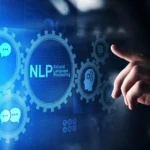
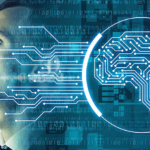
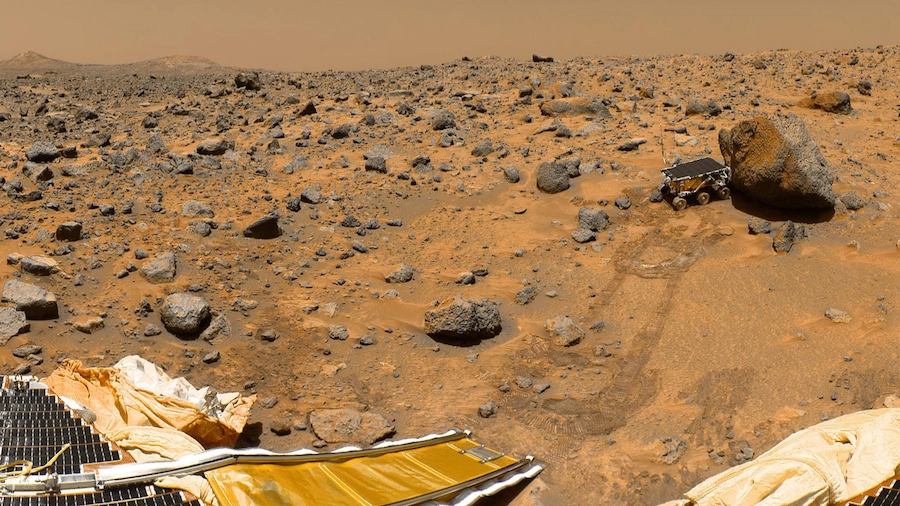
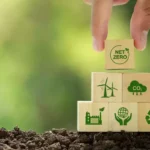


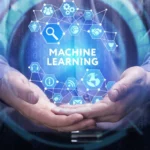






Leave a comment